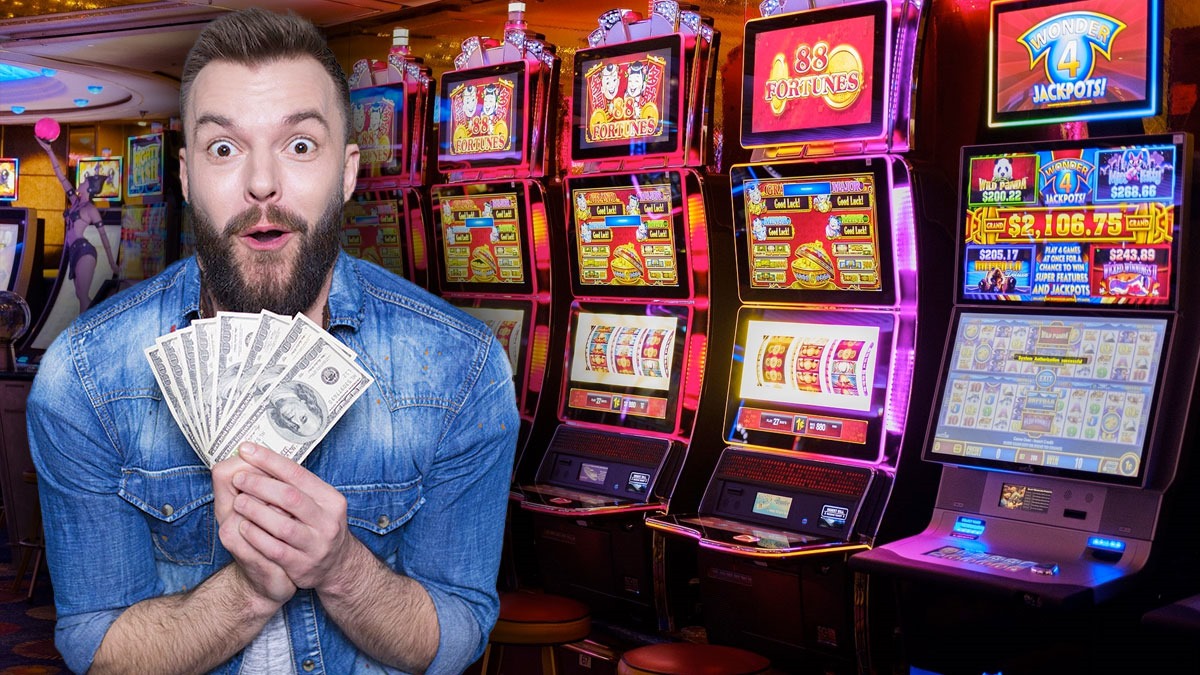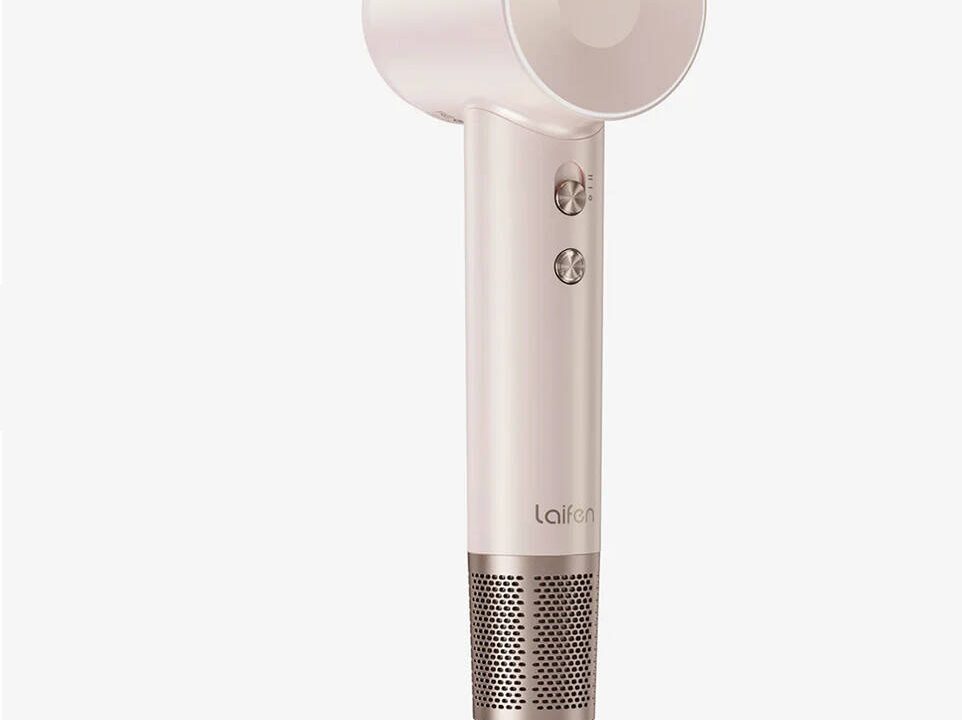Starting your own Pokémon card collection is an exciting journey that blends nostalgia, strategy, and the thrill of the hunt. Whether you’re a long-time fan or brand new to the Pokemon universe, collecting cards can be as casual or competitive as you want it to be. This guide will walk you through the essential steps to begin your Pokémon card collection with confidence and enjoyment.
Why Collect Pokémon Cards?
Pokémon cards are more than just game pieces — they’re pieces of history. Each card reflects the art, mechanics, and trends of its time. Collectors often enjoy the mix of personal enjoyment and potential financial value that comes with owning certain cards.
A Blend of Hobby and Investment
While many people collect Pokémon cards for fun, rare cards can significantly increase in value over time. This makes collecting both a fulfilling hobby and a potential investment.
The Nostalgia Factor
For many fans, collecting Pokémon cards brings back memories of playground trades, first booster packs, and learning the rules of the Pokémon Trading Card Game.
Choosing a Collection Style
Before you start buying cards, decide on your collecting approach.
Theme-Based Collections
You might choose to collect cards featuring a favorite Pokémon, region, or card type (such as holographic or full-art cards).
Set Completion
Some collectors aim to complete specific sets, collecting every card from a series released in a given year.
Competitive Play Cards
If you plan to participate in tournaments, you might focus on acquiring powerful, playable cards.
Where to Get Pokémon Cards
Finding reliable sources for Pokémon cards ensures your collection is authentic and valuable.
Retail Stores
Major retailers like EB Games, Big W, and Target often carry booster packs, theme decks, and special edition boxes.
Hobby Shops
Specialized hobby stores typically offer single cards, rare finds, and the chance to trade with other Pokémon fans.
Online Marketplaces
Websites like eBay and Amazon offer a vast selection of Pokémon cards, but always check seller ratings and authenticity guarantees.
Protecting Your Pokémon Cards
Keeping your cards in good condition is crucial for long-term enjoyment and value.
Sleeves and Binders
Use protective sleeves for individual cards and store them in binders to prevent wear and tear.
Storage Conditions
Avoid humidity, direct sunlight, and high temperatures, which can damage Pokémon cards over time.
Learning the Pokémon Card Rarity System
Understanding rarity symbols helps you identify valuable cards. Circles denote common cards, diamonds are uncommon, and stars indicate rare cards. Special symbols and holographic patterns often point to high-value collectibles.
Budgeting for Your Collection
It’s easy to get carried away when buying Pokémon cards, so set a budget early. Decide how much you’re willing to spend each month and stick to it.
Prioritizing Purchases
Focus on cards that fit your collection goals rather than buying randomly. This ensures your Pokémon card collection develops in a focused and satisfying way.
Joining the Pokémon Community
Engaging with other collectors can enhance your experience.
Trading Events
Local meetups, conventions, and card shop events are great for finding new cards and meeting fellow Pokémon enthusiasts.
Online Forums and Groups
Join Pokémon collector communities on social media to share tips, show off finds, and stay updated on releases.
Conclusion
Starting your own Pokémon card collection is a rewarding hobby that combines personal passion, community engagement, and the thrill of discovery. By choosing a collection style, sourcing cards from trusted sellers, protecting your investments, and connecting with other fans, you can build a collection that’s both meaningful and valuable. Whether your goal is nostalgia, competition, or investment, your Pokémon card collection will grow into something uniquely yours — one booster pack at a time.




